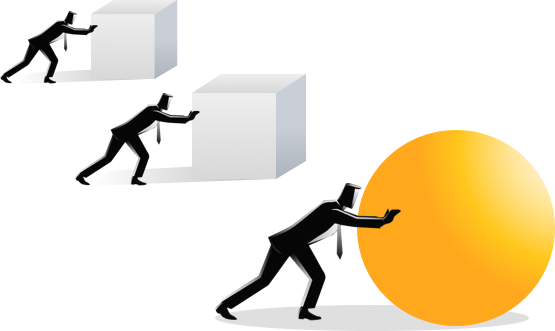Optimism Bias
What is it?
When we overestimate the odds of our own success compared to other's.
Example:
In the Western world, divorce rates are about 40%. sk a newlywed about the odds of eventual divorce, they'll say 0%. Even divorce lawyers underestimate the number









